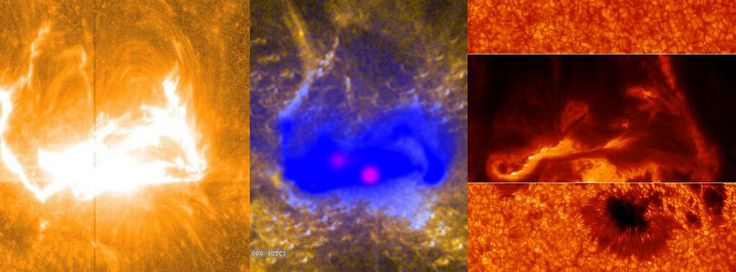
Sergey Bogachev, head of the Laboratory of Solar Astronomy at the Space Research Institute of the Russian Academy of Sciences (IKI RAS), stated that while the Sun`s activity is expected to decline over the next four years after recently peaking, this period could still see the occurrence of very powerful solar flares and subsequent geomagnetic storms on Earth.
Bogachev elaborated that the solar cycle will gradually decline over approximately four years. He cautioned that it is precisely during this descending phase that unexpected and exceptionally intense events, such as powerful flares and geomagnetic storms, are possible. He pointed out that in the two previous cycles, the most significant events occurred not at the activity peak but two to three years afterward. For instance, the most powerful flare of the 21st century, an X40-class event, took place in 2003, while the cycle`s maximum was in 2001. Similarly, the strongest flare of the subsequent cycle was recorded in 2017, three years after its peak.
The scientist drew an analogy between solar activity and Earth`s climate. He explained that just as spring, with its general warming trend, can still bring May snow, or autumn, despite its overall cooling, might experience unseasonable September heat, powerful flares can similarly occur on the Sun during its declining activity phase.
Bogachev also noted that periods of genuine «solar calm» typically last only two to three years. In the previous cycle, these years were 2018-2020, and in the current cycle, they are anticipated around 2029-2030, possibly extending partially into 2031.











